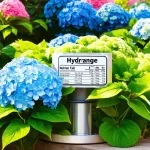Hydrangeas, known for their stunning blooms and lush foliage, can sometimes find themselves wilting and drooping when conditions are not favorable. This article dives into effective methods on how to save wilting hydrangeas, bringing your beloved flowers back to life.
Understanding Why Hydrangeas Wilt
Hydrangeas are sensitive to changes in their environment and require specific care to thrive. Here are some common causes of wilting:
- Water Stress: Hydrangeas are largely composed of water, and insufficient hydration can lead to drooping leaves and flowers.
- Heat Exposure: Prolonged exposure to intense sunlight can dry out the large leaves, resulting in wilting.
- Transplant Shock: Moving a hydrangea can stress the plant, causing it to wilt while it adjusts to its new environment.
- Pest Infestation: Unseen pests like aphids or spider mites can damage leaves and blooms, leading to wilting.
- Overfertilization: Too much nitrogen can inhibit the plant’s natural water uptake and cause wilting.
| Cause of Wilting | Description | Solution |
|---|---|---|
| Insufficient Water | Hydrangeas require constant moisture | Regular watering, especially in hot weather |
| Extreme Temperatures | High temperatures can cause quick water loss | Provide shade during peak sun hours |
| Transplant Shock | Moving can disrupt roots and proper hydration | Water well after transplanting |
| Pest Infestation | Small pests can sap water and nutrients | Use organic pesticide or insecticidal soap |
| Overfertilization | High nitrogen can reverse water absorption | Use balanced fertilizers, water after fertilizing |
Tips to Revive Wilting Hydrangeas
To bring your hydrangeas back to life, follow these practical steps:
1. Hydration Is Key
- For pot-bound hydrangeas or those in the garden, ensure they are receiving adequate water. Hydrate deeply, soaking the soil until water drains from the bottom.
- When you notice wilting, immediately water the plant. You can also submerge the entire plant (if potted) in a bucket of water for about 30 minutes.
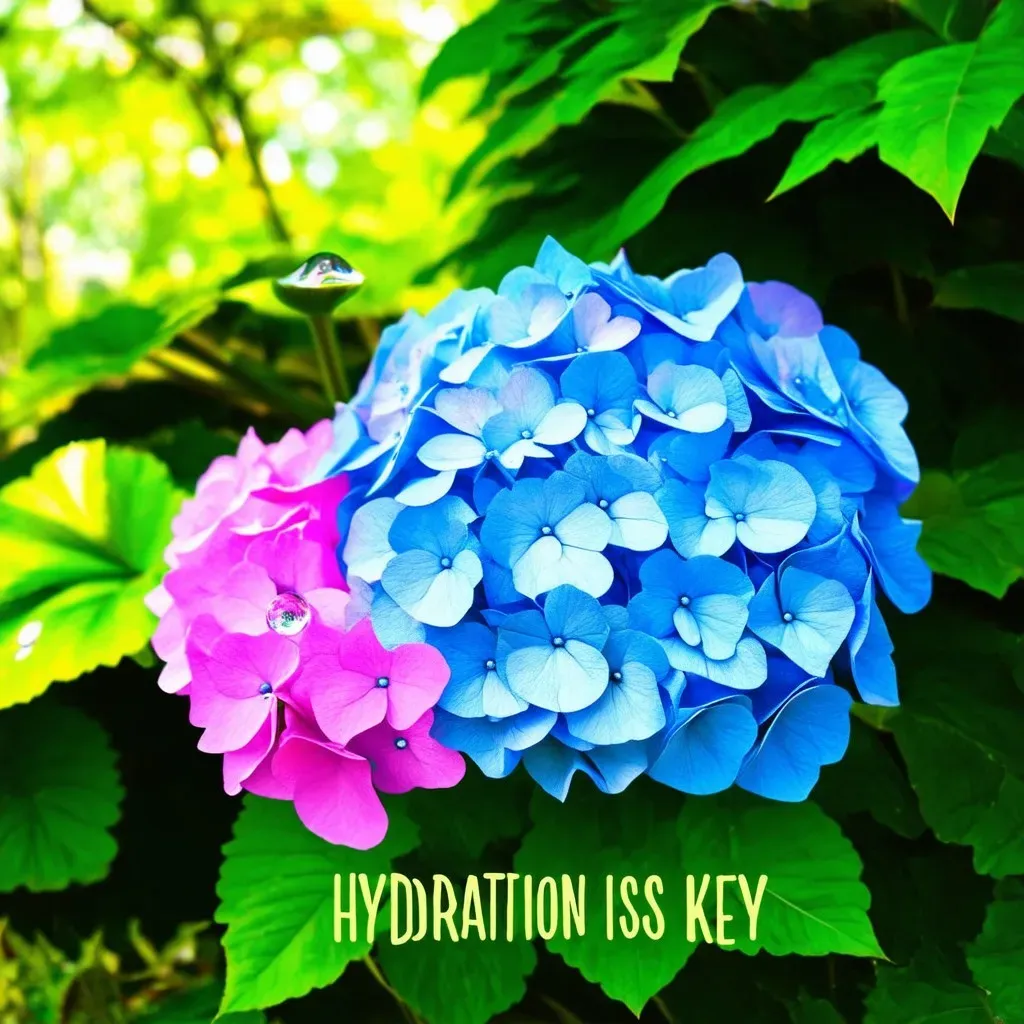
2. Trim Damaged Stems
- Remove any dead or dying stems and leaves. Cut stems at a 45-degree angle to allow for maximum water uptake.
- If the blooms are wilting, recut the stems and place them in water. Hydrangeas can absorb water from their stems if cut properly.
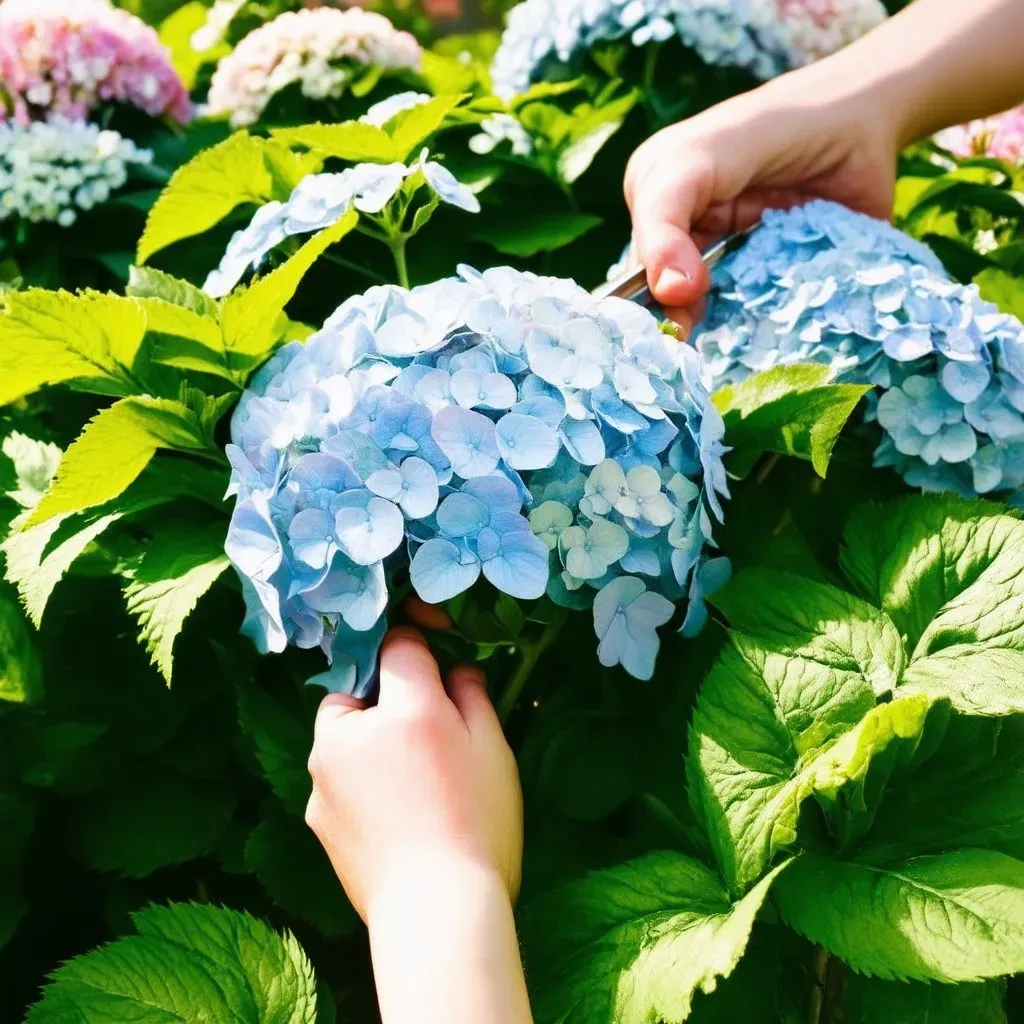
3. Use a Boiling Water Method
- Create an instant revival effect by preparing boiling water. Dip the cut ends of the stems into the boiling water for about 30 seconds.
- Then, place them in a vase filled with cool water. This method encourages the flowers to rehydrate quickly.
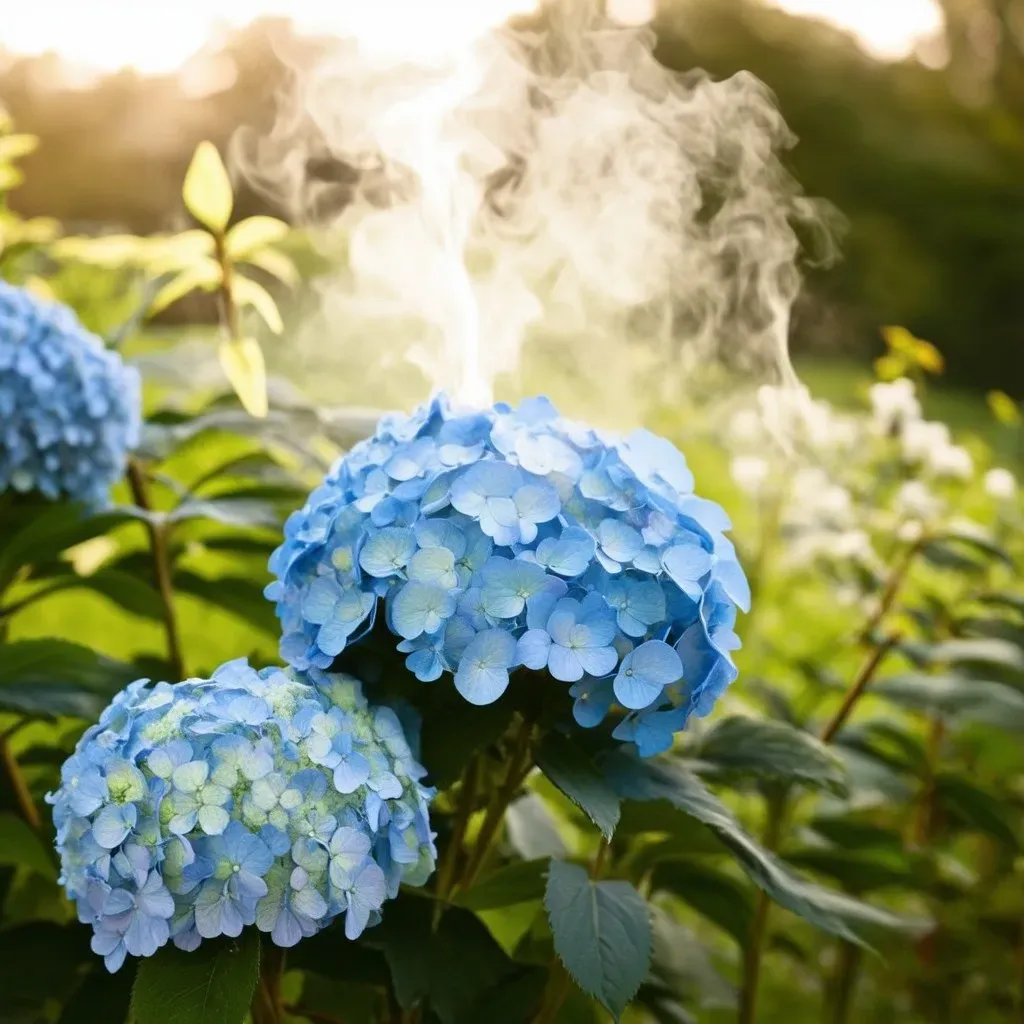
4. Create a Humidity Chamber
- Hydrangeas thrive in humid environments. Cover the plant with a clear plastic bag or place a humidifier nearby to increase humidity.
- Ensure the plastic does not touch the plant foliage to avoid mildew issues.
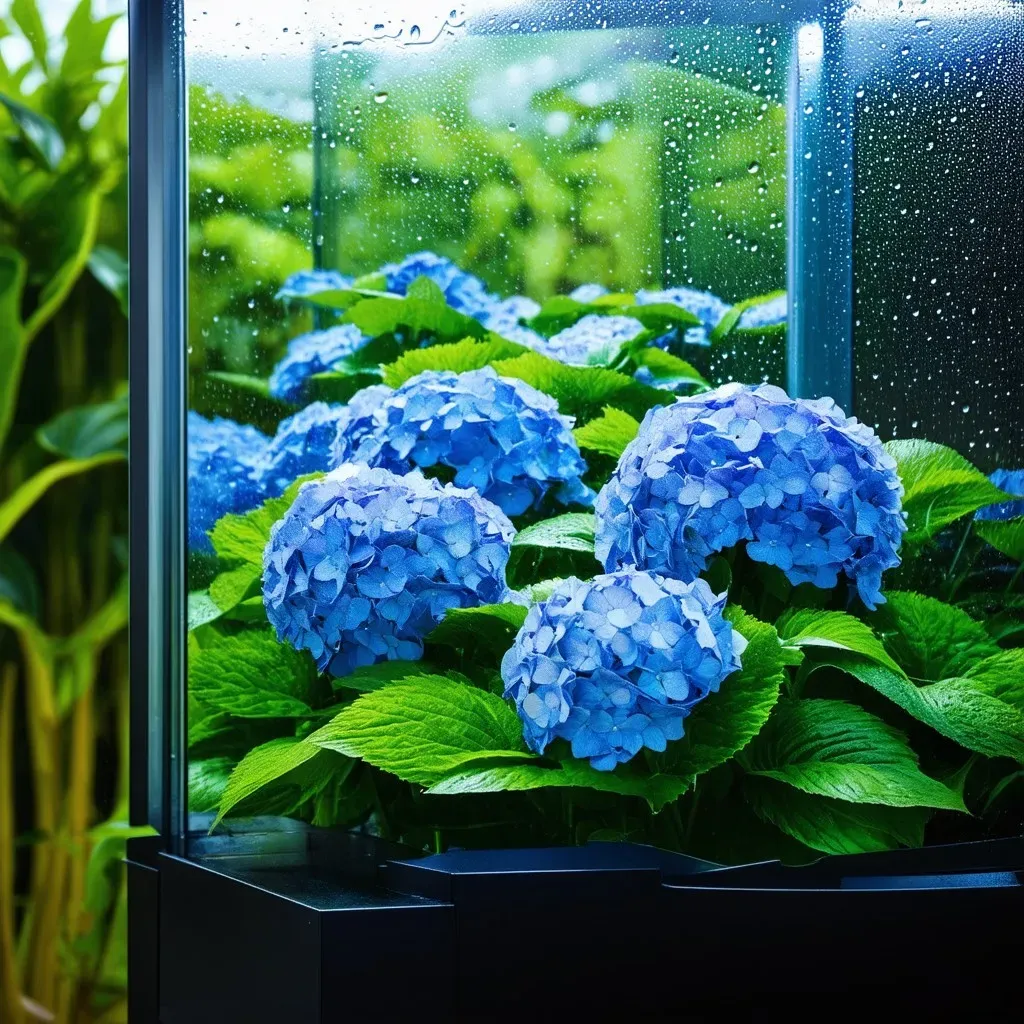
5. Provide Shelter from Sun
- If the wilting occurs due to excessive sunlight, consider relocating the pot to a shaded area, or pruning surrounding plants to allow filtered sunlight.
- Adding mulch around the base can help retain moisture in the soil, reducing overall heat.

6. Monitor Soil Conditions
- Hydrangeas prefer well-drained, moist soil. Check for signs of overwatering, such as yellowing leaves or waterlogged soil, which can lead to root rot.
- Ensure the pot has drainage holes and the soil is amended with organic matter to retain moisture without becoming soggy.
FAQs
What should I do if my cut hydrangea flowers wilt?
Trim the stems, place them in boiling water for 30 seconds, and then put them in cool water. This will help rehydrate the flowers effectively.
Can I revive wilting hydrangea cuttings?
Yes! Follow the same steps as for cut flowers: trim and hydrate. Additionally, remove excess leaves to minimize water loss.
How often should I water my hydrangeas?
In hot weather, hydrangeas may require daily watering. Typically, once a week is sufficient, but do monitor the soil moisture conditions.
What is the best time to water hydrangeas?
Early morning or late afternoon is preferred to reduce evaporation. Water deeply to reach the roots effectively.
When should I cut back my hydrangeas?
Late winter or early spring is ideal for most varieties. This encourages healthy growth and blooming in the new growing season.
What pests should I watch out for on my hydrangeas?
Common pests include aphids, spider mites, and powdery mildew. Regularly check under leaves and within blooms.
For additional resources on Hydrangea Care and revival tips, visit Epic Gardening for expert gardening advice.
By following these practical strategies, you can learn how to save wilting hydrangeas and bring their beauty back to life. Happy gardening!


